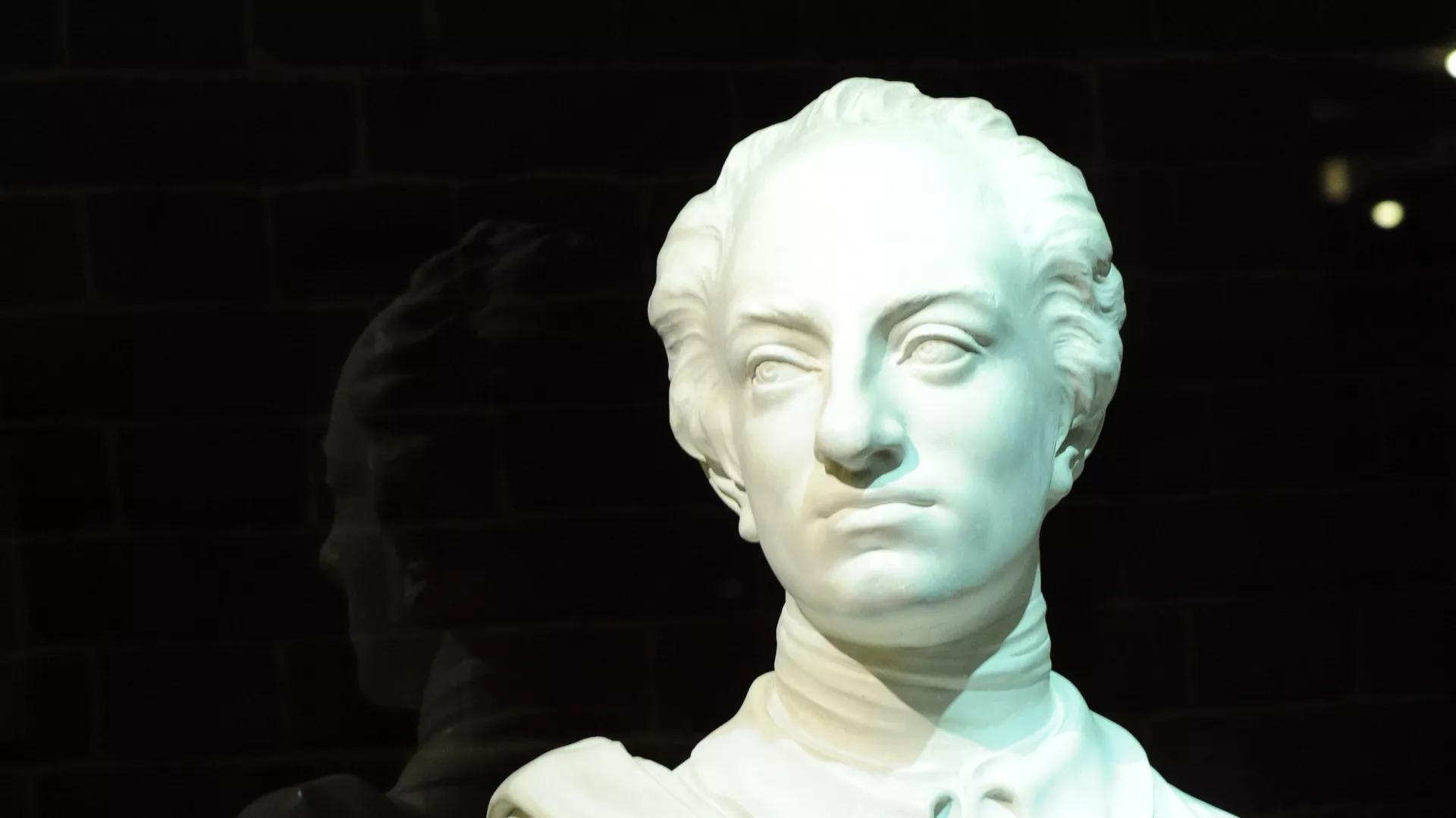Africa-Press – Rwanda. In the 300 years since Charles XII’s death from a gunshot wound to the head, there have been various theories about how the warrior monarch died, with some suggesting that he was shot by fellow Swedes weary of endless wars.
King Charles XII of Sweden died during the Great Nordic War in 1718, but the circumstances of his death during an unsuccessful campaign in Norway have long sparked debates.
In the 300 years since Charles XII died from a gunshot wound to the head, there have been various theories about how the monarch died. A popular speculation is that he was shot by fellow Swedes who had tired of his warlike spirit and decades-long foreign exploits ranging from Denmark and Poland to the Baltic States and Russia. Three different autopsies (in 1746, 1859 and 1917) have been carried out on the king’s remains, but failed to come any closer to whose bullet killed him.
However, now researchers at the University of Oulu, Finland appear to have solved the riddle, ruling out the assassination story. Among other things, they have used ballistic models with the same characteristics as a human skull, and shot musket balls with a diameter of 19.5 millimeters through the skull imitations at different speeds, whereupon the wound was examined with tomography. Their investigations indicated that the king’s death in Fredrikshald, Norway was unlikely to have been caused by a musket ball of lead, which would have left traces and resulted in a smaller wound.
Charles XII’s felt hat that he wore at the moment of his death was also studied. It still has a clear roughly 19.5 millimeter round hole in it, but the researchers proved that it takes a much larger bullet than to create one, and a Swedish-made musket from the early 1700s can hardly shoot such a big bullet.
The researchers concluded that most factors point to Charles XII being killed by a cartouche ball of iron, with a diameter of well over 20 millimeters. They also estimated that the likely speed of it indicated that it was shot from a fortress some 200 meters away. Therefore, it has been established that Charles XII died from a perforating enemy shot, and was not assassinated by his own men.
Charles XII, sometimes referred to as Karl XII or Carolus Rex, ruled over Sweden (including present-day Finland) from 1697 to 1718. He is widely regarded as one of the most skillful warrior monarchs of his era, personally leading his troops to battle, showing strategic prowess and scoring wins against more numerous enemies. However, his overseas exploits impoverished the Swedish state coffers and paralyzed the economy, which was on a constant war footing, draining the countryside of able-bodied men. His death marked the end of the Swedish Empire, once a dominant force in the Baltic Sea area, following a substantial loss of territories as a result of the disastrous war against Russia. The brilliant Russian victory it the Battle of Poltava put a decisive end to Sweden’s eastbound expansion.
Charles XII is also known for his harsh personal regimen; he abstained from alcohol and sex to focus on the kingdom. In subsequent eras, he was largely lionized in Swedish culture as a virtuous and selfless warrior-king and a national hero. In the mid-20th century, however, he became a cult figure among Swedish Nazis and has remained largely controversial ever since, with contemporary analysis focusing more on his shortcomings and losses.
For More News And Analysis About Rwanda Follow Africa-Press






